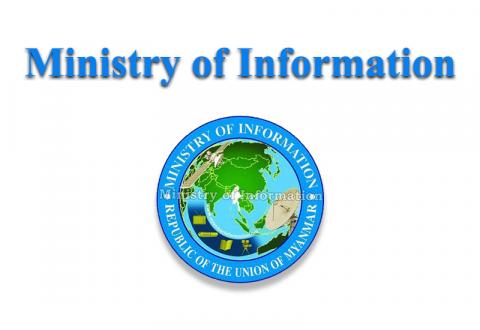Take preventive measures for flooding in fish and prawn farms
With rising water levels in rivers and creeks nationwide due to heavy rains, it is crucial for fish and prawn farmers to take preventive measures to protect their farms from flooding. Climate change has exacerbated the situation, causing more severe weather patterns that lead to water overflow from rivers and creeks, damaging agriculture and livestock breeding farms.
To mitigate these risks, farmers must improve dykes and bunds to prevent water inflow when levels rise. Heavy rains can significantly impact fish and prawn farms, causing water levels to rise and releasing fish, which leads to business losses and missed opportunities to supply the domestic market. This shortage drives up fish prices, causing trouble for consumers.
Fish and prawn farms contribute significantly to the country’s foreign currency income each year. Therefore, it is essential for farmers to adopt preventive measures against natural disasters. In response, the Fisheries Department has issued guidelines to protect fish and prawn farms during the monsoon season.
Farmers should upgrade their farm bunds with sandbags and reinforce them with nets to prevent fish and prawns from escaping when water levels rise. Building temporary retaining walls outside the bunds can help deflect the fast currents of floodwaters. Additionally, relocating fish and prawns to safer areas is necessary. Farmers should be prepared with fishing nets, boats, and necessary machinery for this purpose, especially for moving large, quality fish to ensure the regeneration of fingerlings.
It is also crucial to secure aquafeeds and working materials in safer locations and maintain regular feeding schedules to prevent fish and prawns from escaping. Regular checks on the bunds’ integrity are vital, along with monitoring weather forecasts from relevant departments to make timely decisions.
By taking these preventive steps, fish and prawn farmers can safeguard their livelihoods, ensure a steady supply to the domestic market, and maintain their contribution to the country’s economy. As such, they have to arrange proper plans for their fish and prawn farms before disaster-prone monsoons every year.
Importantly, all fish and prawn farmers need to exchange information in their regions in an emergency period of disasters to save their businesses in time. Moreover, they need to inform nearby Fisheries Departments about flooding and inundation at their farms in time. If so, they can prevent loss and damage to their fish and prawn farms in emergency cases of heavy rains and flooding.
#TheGlobalNewLightOfMyanmar

